Deadly violence broke out in the Iraqi capital on August 29, with fighting erupting around the Green Zone where most of the government buildings are located. Supporters of Shiite cleric Moqtada al-Sadr, as well as the militia under his direct command, Saraya al-Salam, clashed with fellow Iraqi Shiite militias who are supported by and loyal to Iran rather than the powerful al-Sadr. The fighting went on into the night and claimed 22 lives.
Violence in Baghdad has abated since al-Sadr called on his supporters to stop the fighting, saying on August 30 in a televised address, “The spilling of Iraqi blood is forbidden.”
The Iraqi parliament has been beset by political impasse since October 2021, in which time al-Sadr has before threatened to withdraw from parliament, and effectively the political process. Al-Sadr’s supporters occupied parliament in July of this year. The intra-confessional dispute tipped over into conflict this week when an influential Shiite cleric, Kadhim al-Haeri, abruptly stepped down from his position of Marja in the Iraqi Sadrist movement, calling on supporters of Moqtada to instead place their loyalties with Iran’s Ayatollah Ali Khamenei.
Weaponry of “Saraya al-Salam”
Various weapons were used by the Sadrist group "Saraya Al-Salam" during the clashes. The most widely used weapons were 7.62x39mm AK variants.

It can be seen that the frequently used AK variants have various modifications.
A locally shortened AK variant also appears in one of these modifications. This AK variant looks to be the Yugoslavian Zastava M70B1 or its Iraqi copy "Tabuk" rifle. The weapon is a copy of the AKS-74U with modifications and shortened barrel.
In addition, a Sadrist militiaman can be seen holding a late model of the original AKS-74U carbine during the arrest of "Asa'ib Ahl al-Haq" (sub-group of PMF) in Nasiriya, Dhi Qar.
Various 5.45x39mm AK-74 variants (including the AKS-74U) are occasionally sold on the black market in Iraq and many of which are smuggled into Iraq from Syria.
In addition to these weapons, M4(A1)-pattern carbines, M16A2 and M16A4 assault rifles, and various heavy weapons and rocket launchers were also used.
5.56x45mm M4 and M16 variants are also weapons that frequently appear and are sold in Iraq. Most of these weapons were sent by the US to the Iraqi Army and the KRG/Peshmerga. Over time, some of these weapons have fallen into the hands of other groups in various ways.
In addition to the M4 and M16 variants, another weapon sent to the region by the US is the M249 light machine gun.
In a video from Baghdad, the Sadrist militia appears to be carrying an M249 'Para' type LMG. This weapon is one of the weapons that originated in the USA and can be easily purchased in Iraq.
In addition to assault rifles and light machine guns, RPG-7 derivatives and various rockets were used with these launchers.

Along with the RPG-7-pattern launchers in conflicts, the most used rockets were the OG-7 and PG-7V variants.
OG-7 type rockets are 40mm anti-personnel rockets. Many countries including Russia (USSR), Bulgaria, Iran (PG7-AP2 “Saegheh") Romania, and Iraq produce OG-7 type rockets. These rockets are widely available and commonly used in Iraq.
PG-7V-type rockets are high-explosive anti-tank (HEAT) rockets. PG-7V type rockets are produced by countries such as Russia (USSR), Bulgaria, Iran (PG-7-AT-1 “Fath”), and China (Type 69-1). These rockets are also frequently used in Iraq.
Besides rockets and launchers, the Sadrist movement uses 14.5x114mm KPV-variant heavy machine guns (HMGs) and possibly 12.7x108mm DshKM-derived HMGs.
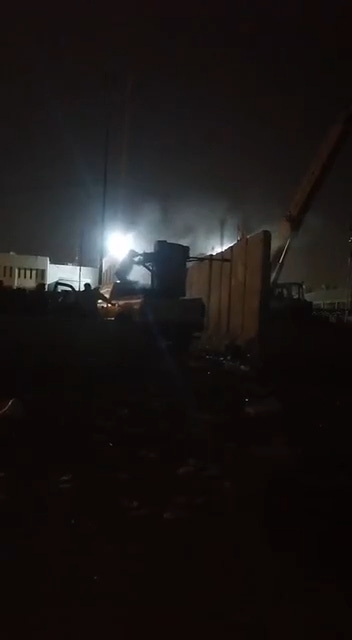
As seen in many other countries, Sadrist militias are increasing mobilization by arming trucks with HMGs. Armed technicals with HMGs were frequently used by the Sadrists in the conflicts in Iraq.
Sadrist militias continued their attacks with various weapons after the clashes started.
You can see the Sadrist militiaman carrying an Iranian-made AM-50 ‘Sayyad’ anti-materiel rifle in a photo published from Green Zone.
This weapon is basically a copy of the Austrian Steyr HS .50.
At the same time, Sadrist militias used Iranian-made mortars (and likely mortar bombs as well), which are common in the region, in the attacks against the Green Zone.
These mortars seem to be the 60mm HM-13 ‘Narollah’ and the 81mm HM-15 ‘Hadid’ respectively. Along with the HM-15 mortar, it is possible that Iranian 81mm M43A1/M49 mortar bombs were also fired.


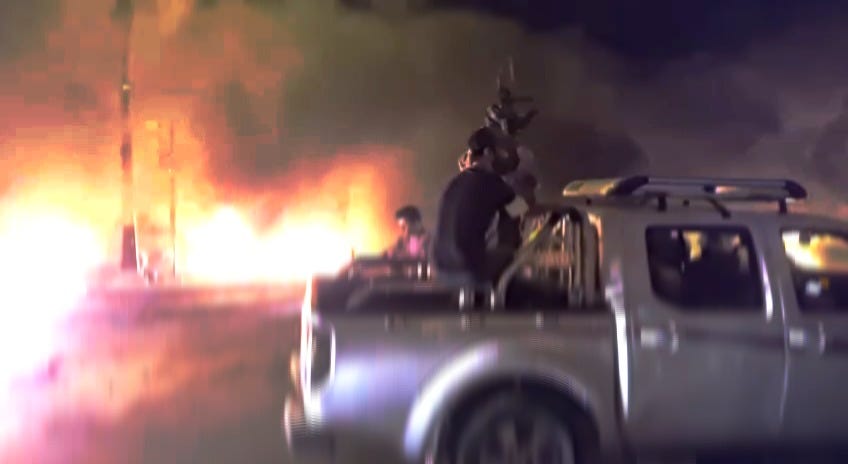



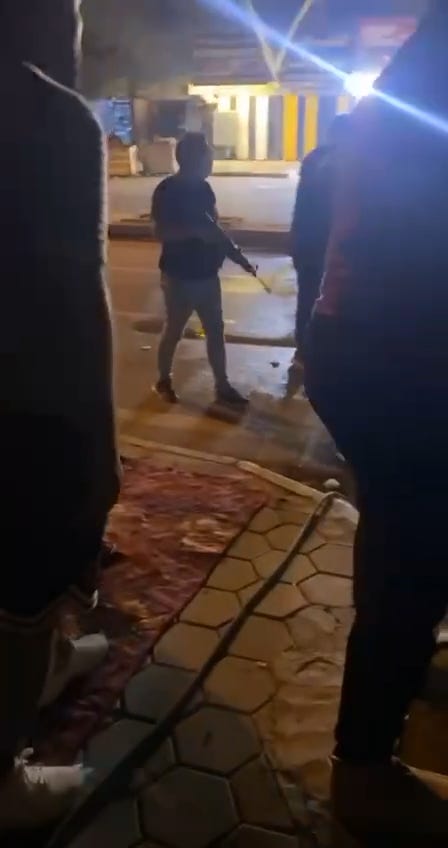
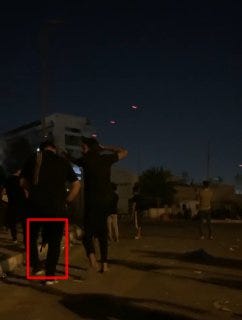
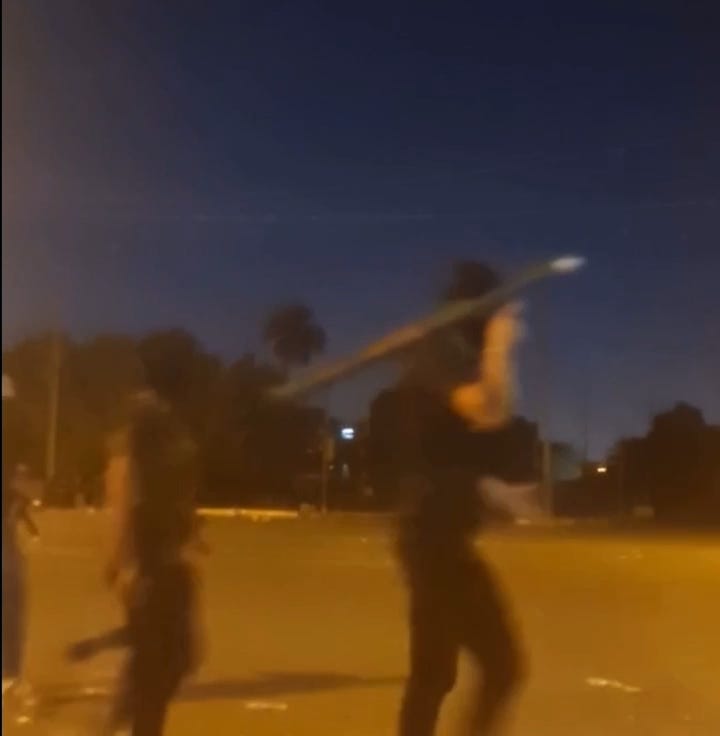

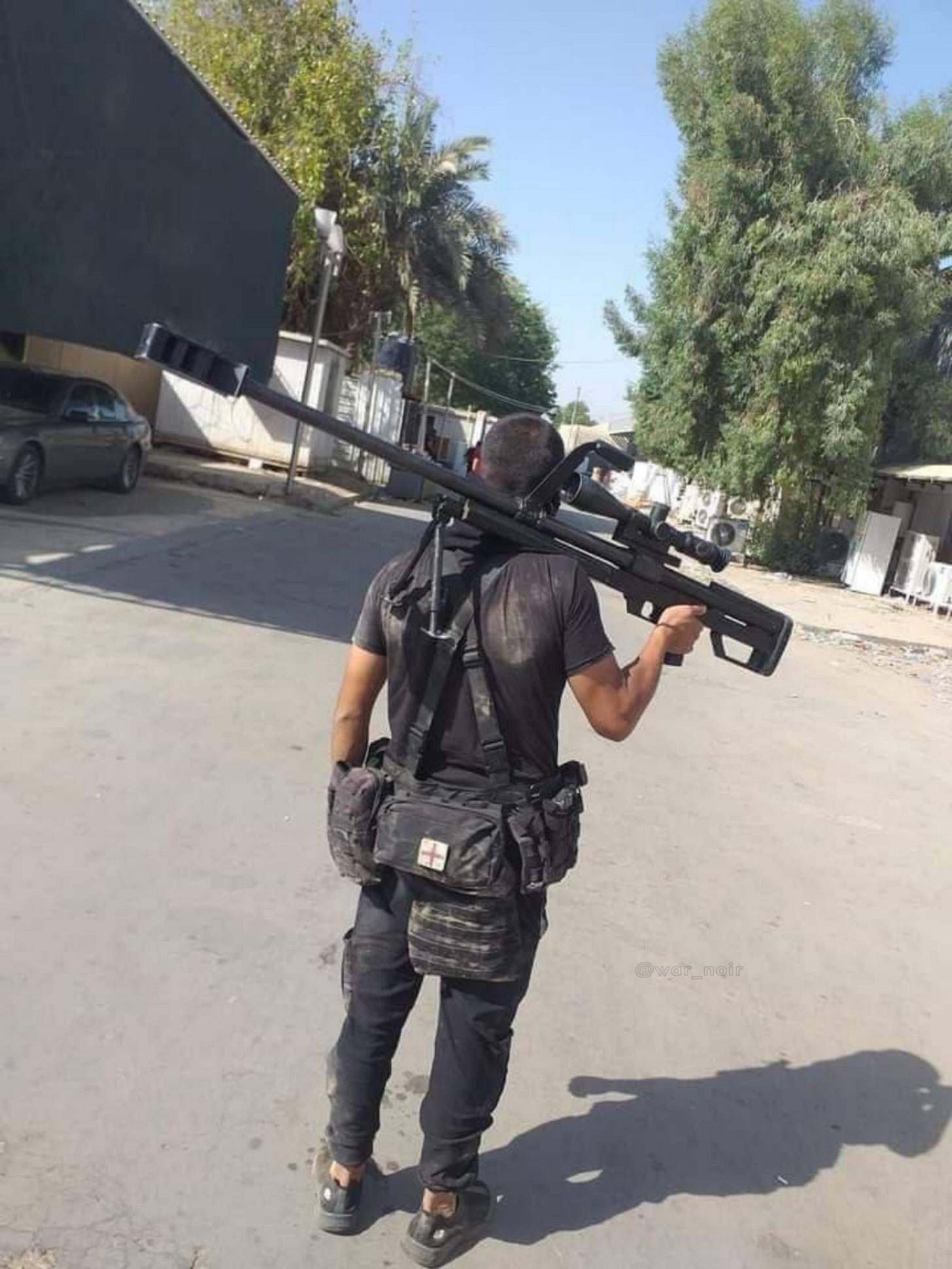
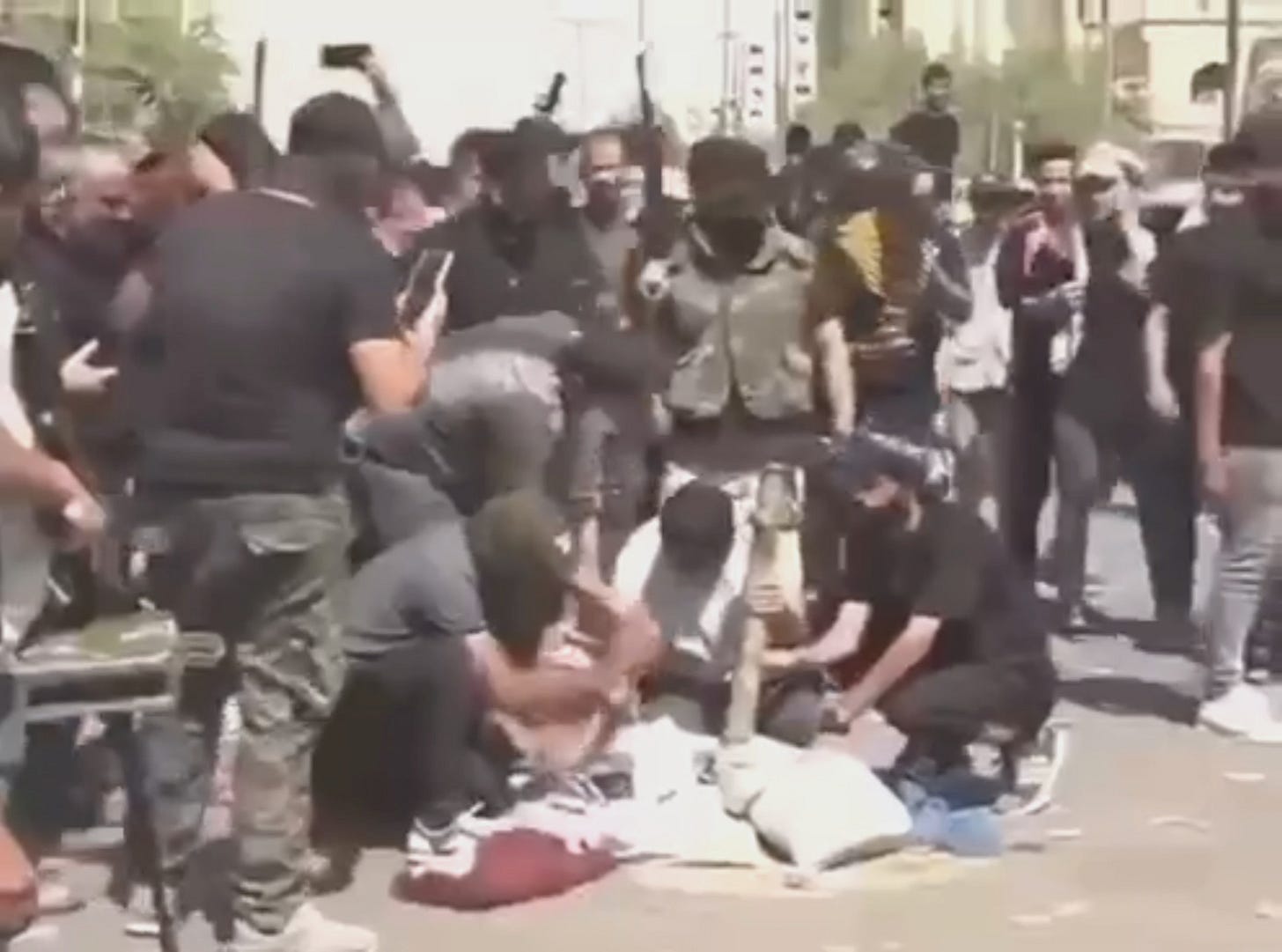

I swear I saw a clip of a dude rocking a MG-3